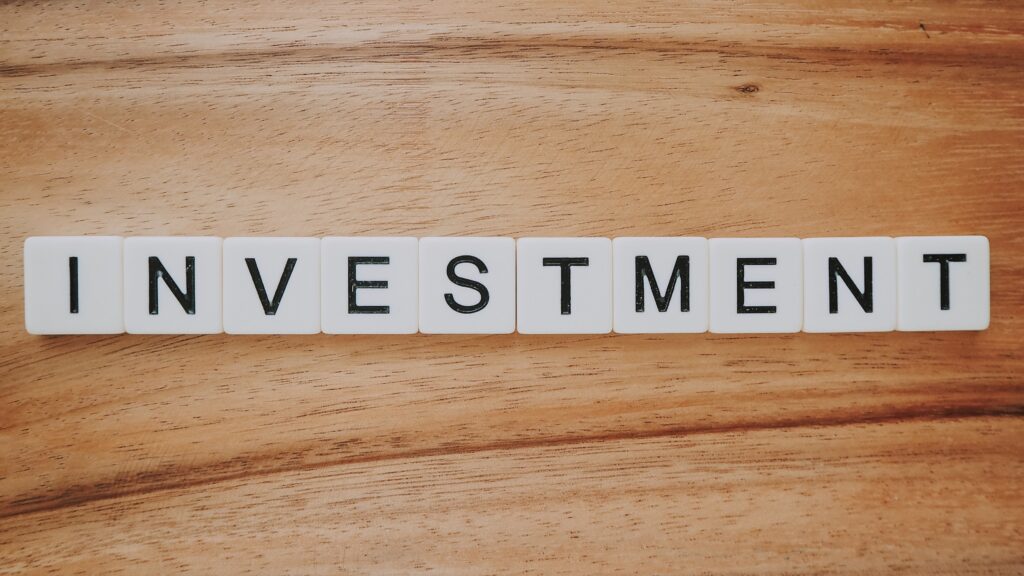
In the world of investing, few figures command as much respect as Howard Marks and Warren Buffett. While their individual styles and approaches may differ, a careful analysis of their writings reveals a remarkable convergence of key investment principles. This exploration of the shared wisdom found in Marks’ memos and Buffett’s letters offers a roadmap for navigating the complexities of the market.
Intrinsic Value: The North Star of Investing
Both Marks and Buffett unequivocally stress the importance of intrinsic value as the bedrock of investment decisions. Intrinsic value, they argue, is the true worth of a business, determined by the present value of its future cash flows. This principle serves as a guiding light, leading investors toward assets that are genuinely undervalued and shielding them from the capriciousness of market sentiment.
Long-Term Orientation: The Antidote to Short-Termism
In a world often fixated on short-term gains and quarterly earnings, Marks and Buffett champion the virtues of long-term thinking. They recognize that true value creation is a gradual process, and succumbing to the allure of quick profits can lead to devastating consequences. By maintaining an unwavering focus on the long-term potential of their investments, they navigate through market turbulence and emerge stronger.
Tuning Out Market Noise: The Path to Rationality
The daily fluctuations of the market can be a source of anxiety for many investors. However, Marks and Buffett counsel against being swayed by the noise. They posit that short-term price movements are often fueled by irrational exuberance or fear, and astute investors should concentrate on the underlying value of their holdings, not the fleeting whims of the ticker tape.
Margin of Safety: The Investor’s Fortress
The concept of margin of safety is deeply embedded in both Marks’ and Buffett’s investment strategies. It entails acquiring assets at a substantial discount to their intrinsic value, creating a buffer against potential losses. This approach not only safeguards against downside risk but also amplifies the potential for extraordinary gains when the market eventually aligns with the investment’s true worth.
Circle of Competence: Knowing Your Limits
Both investors underscore the importance of operating within one’s circle of competence. This means investing in businesses and industries that you genuinely comprehend, acknowledging the boundaries of your knowledge. By adhering to this principle, Marks and Buffett sidestep costly errors and seize upon opportunities that others may miss due to a lack of understanding.
Temperament and Discipline: The Investor’s Emotional Rudder
Successful investing transcends mere intellect; it necessitates the cultivation of the right temperament and discipline. Marks and Buffett emphasize the significance of remaining patient, rational, and emotionally composed amidst market volatility. By eschewing impulsive decisions fueled by fear or greed, they maintain a steady course and make judicious choices that endure.
Prioritizing Loss Avoidance: The Foundation of Winning
While the pursuit of gains is a natural inclination for investors, Marks and Buffett prioritize the avoidance of losses. They understand that by safeguarding capital and mitigating downside risk, the winning investments will naturally reveal themselves over time. This prudent approach ensures that their portfolios are resilient and capable of withstanding market downturns.
The Importance of Management: The Human Element
Both investors acknowledge that the caliber of a company’s management team is a pivotal factor in its long-term success. They seek out companies helmed by competent, ethical, and shareholder-oriented leaders who are dedicated to creating value for their investors. By investing in companies with robust leadership, Marks and Buffett align themselves with the paragons of the business world.
Opportunistic Investing: Seizing the Right Moment
Marks and Buffett are opportunistic investors, perpetually vigilant for undervalued assets and market dislocations. They exercise patience, waiting for the right opportunities to emerge, rather than succumbing to the allure of fleeting trends. When the market presents them with a bargain, they act decisively and with unwavering conviction.
Financial Strength and Conservatism: The Bedrock of Stability
Both investors stress the importance of maintaining financial strength and eschewing excessive debt. They believe that a conservative approach is paramount for long-term survival and prosperity in the unpredictable world of investing. By prioritizing financial stability, they fortify their portfolios against unforeseen challenges.
Skepticism of Forecasts: Embracing the Unknown
Marks and Buffett share a healthy skepticism towards macroeconomic forecasts and market predictions. They acknowledge the inherent uncertainty of the future and the limitations of human foresight. Instead of relying on speculative prognostications, they concentrate on what is knowable and controllable, such as the intrinsic value of their investments and the quality of the businesses they own.
Value Investing Philosophy: The Time-Tested Path
Both Marks and Buffett are ardent proponents of the value investing philosophy, which entails acquiring assets at a discount to their intrinsic value. This approach, championed by Benjamin Graham and refined by Buffett, has consistently proven to be a reliable path to enduring investment success. By adhering to this philosophy, they consistently unearth and acquire undervalued assets poised to deliver superior returns over time.
If you want to know where Marks and Buffett diverge on investment philosophy read this.
